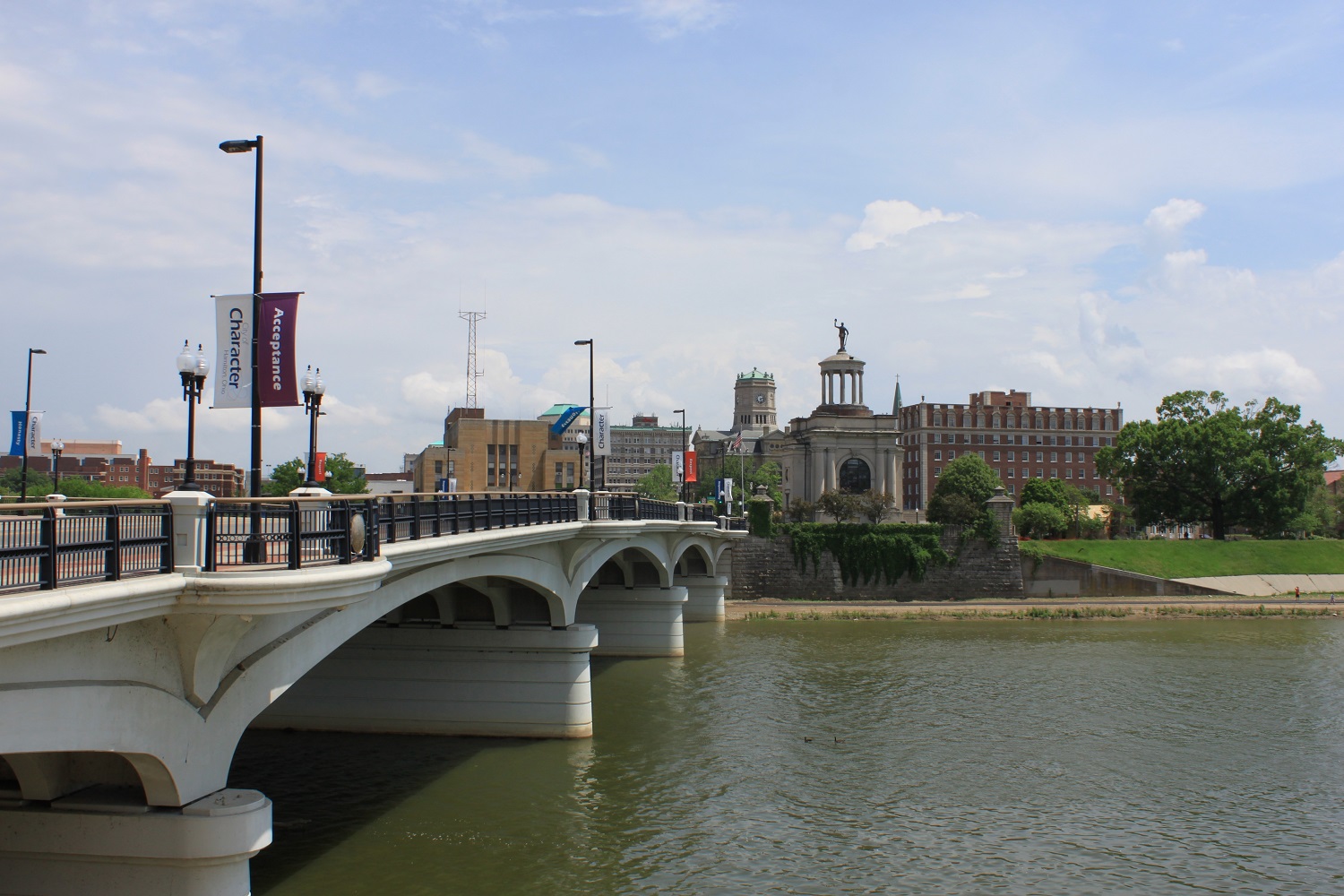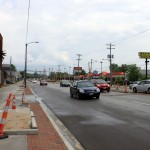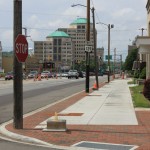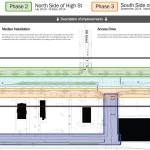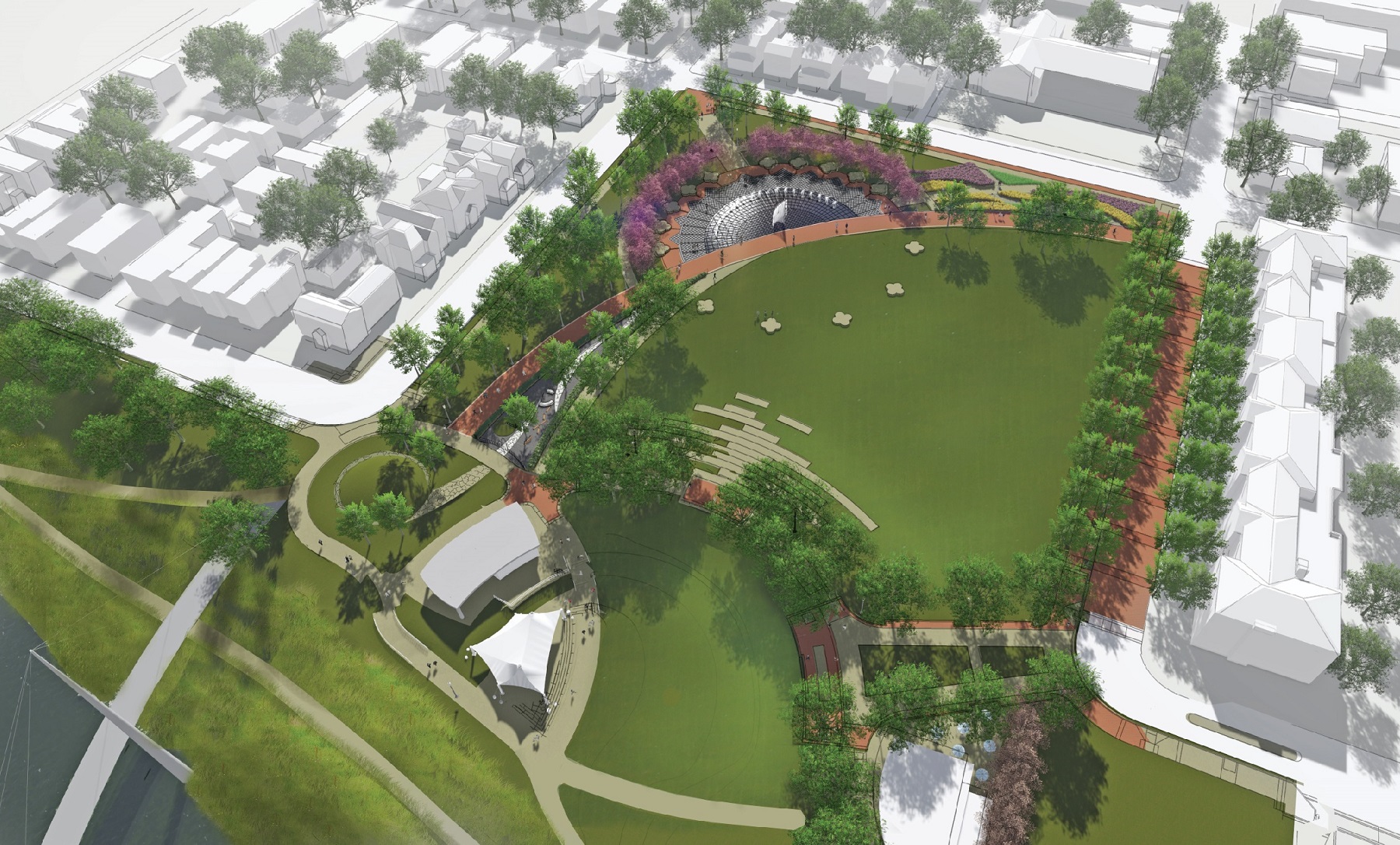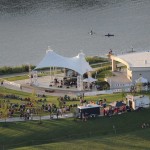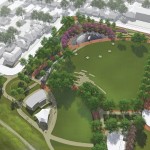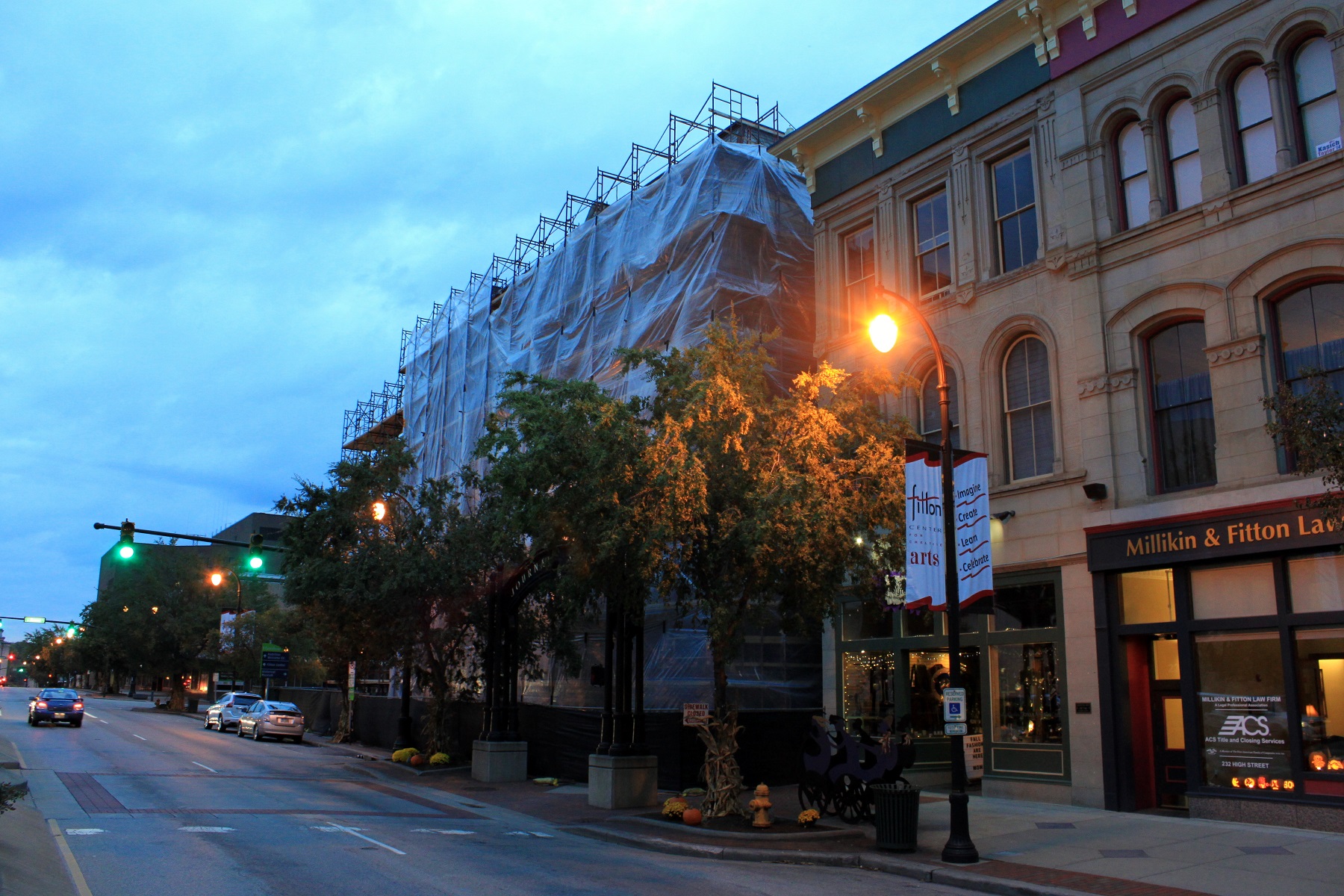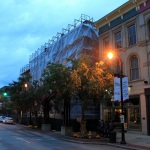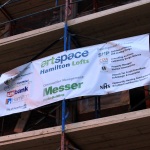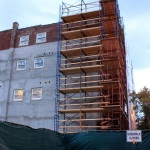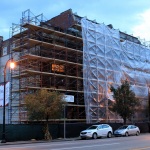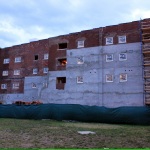Over the past 15 years, the City of Hamilton has sought to beautify its inner-city by reconstructing the High-Main Street corridor. Along the way, City officials have attempted to use historically sensitive design treatments along what is Hamilton’s most-traveled thoroughfare.
This has meant reversing a decades-long policy agenda of installing more modern-styled public amenities in the hopes that they would encourage the private sector to restore historic buildings, create public interest in visiting downtown, and eventually lead to the rebirth of businesses.
Downtown, from the Great Miami River to MLK Boulevard, was the first district to receive this treatment. Shortly after that, the Main Street business district in historic Rossville, from the river and west to Millville and Eaton Roads, and the connector to the just-recently-constructed Butler County Veterans Highway, between State Route 4 and Fair Avenue.
The most recently completed upgrade was the replacement of the High-Main Street Bridge, which has long been the most-traveled bridge on the Great Miami between Middletown and the Ohio River.
Glaringly missing from these updates, however, was the stretch of High Street between MLK and Route 4, which is actually the primary entry for most visitors to the city. Recognizing the irony, City officials decided to begin the process in 2011 to secure funding to give it a much-needed facelift.
Dubbed the East High Gateway, it will extend the historic district overlay from downtown in the hope that the improvements will have the same positive effect on public perception and business investment that prior streetscaping projects have had when finished. City officials also plan to create a land bank for the area that will help the city return under-utilized parcels into better-use, tax-generating properties.
Originally slated for completion in mid-2014, the 15-month-long construction effort is now expected to be finished later this year. The $8.5 million project includes the installation of brick-lined sidewalks with bioswales, new street lighting, landscaped medians, and alley-like access to businesses along the route. It will also involve burying overhead utilities and upgrading existing underground utilities.
Project officials also hope that the changes improve the flow of traffic for those commuting from the more-residential west side of the city.
The East High Gateway is being paid for through a combination of city and state funds, and with support from the Hamilton Community Foundation. Ongoing project updates can be tracked by following @EastHighGateway on Twitter.
